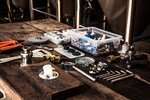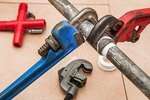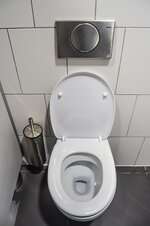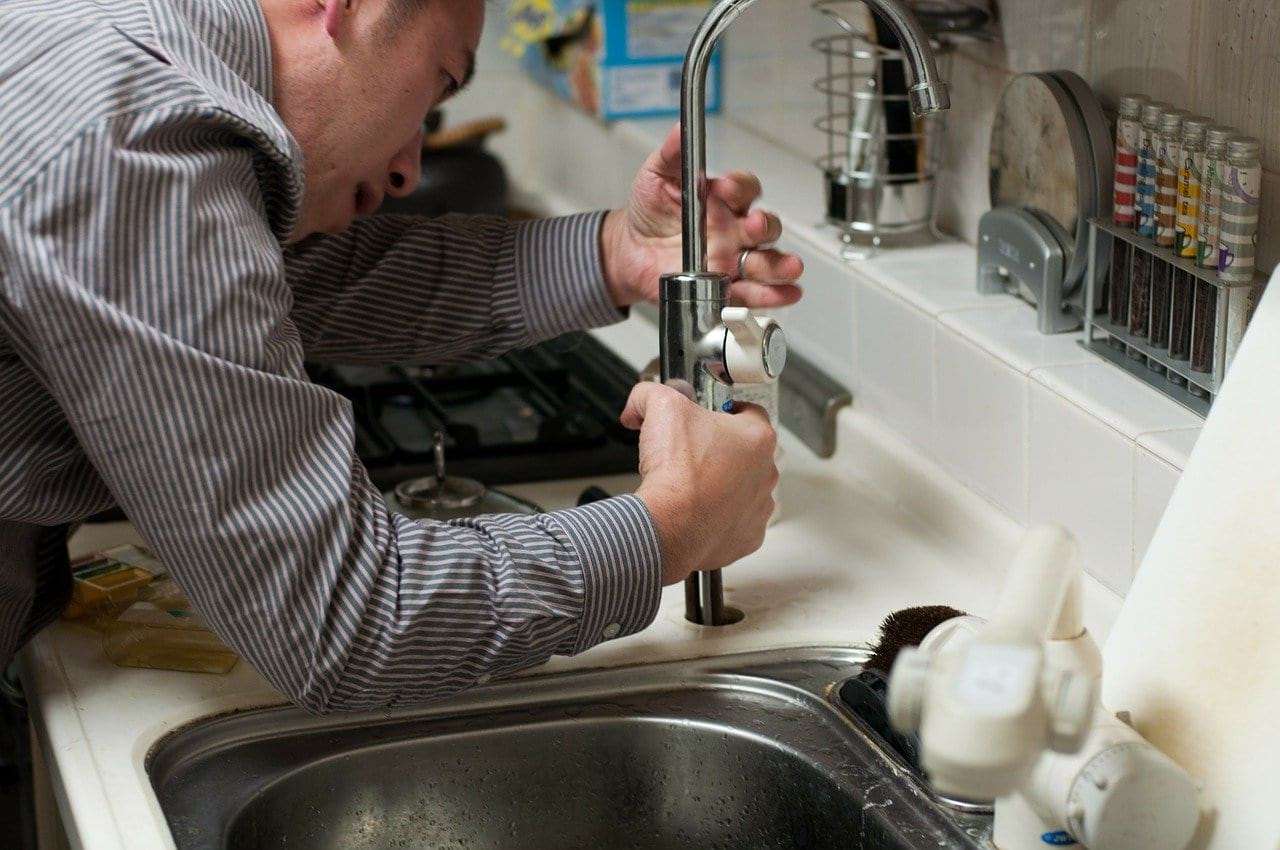Is your faucet dripping? Are you dealing with an overflowing toilet in your home? There are some plumbing issues that creep up regularly, as well as plumbing problems that require urgent and fast repair.
But you already know that plumbing services can be expensive. After all, plumbers can charge anywhere from $50 to $200 per hour, depending on what the problem is.
If you are looking to save money, you can take on do it yourself plumbing. In other words, you can learn how to fix simple plumbing jobs in your home and save the hassle of paying a plumber. We have created a useful guide in order to get you started.
Tips for Beginners
If you have never tried do it yourself plumbing before, we have some useful tips that are going to help you get started.
Know Your Plumbing System
First of all, before you can start on any do it yourself plumbing, you need to be familiar with your own plumbing system. Every house is going to be slightly different. So, you will need to educate yourself on where everything is.
We know you want to get started on your project. But it is important that you do not skip this step. It is going to make your life easier later on and it can also avoid unnecessary mistakes that you can make.
It can also help to do some research online and learn about basic plumbing parts. This is going to mean that when you start a do it yourself plumbing job, you are already familiar with different parts.
Always Locate the Valves
Before you start to work on any plumbing in your home, the first thing you have to do is locate the valves. This is going to make sure you do not get soaked and make a mess of your plumbing repairs.
For beginners, a valve is what allows water to pass through a pipe. Therefore, before you can start working, you have to shut off the valves. This is going to stop water from passing through the pipes. Even the simplest fixes in the home will require you to shut off the valves.
But you may be wondering; where on earth is the main valve going to be? Well, if you have recently had your plumbing system fitted, there could be shutoff valves in your bathroom. But if you are looking for the main valve, you need to think about where the water comes into your house. Normally, this is going to be on the perimeter of your home. There should be a handle you can turn to switch off the water.
If you are not sure you have switched off the main valve, here is a good way to test it. Simply run the water from a faucet to see if it works. Alternatively, you can flush the toilet and see if there is running water. If there is no water, you have switched off the right valve.
Find an Online Tutorial
The great thing about the internet is that you can find anything you want. This includes do it yourself plumbing tutorials. There are a lot of them out there on the internet. For example, you can want YouTube videos or follow a step-by-step guide. Take the time to find one and you can do almost anything at home.
Have the Toolbox Ready
They always say that a worker is only as good as their tools. Indeed, this principle applies to do it yourself plumbing. Thus, you need to the right toolbox ready so that when you go to carry out repairs, everything is there and you are ready to begin.

Each job will vary slightly. But there are some common tools that you will need all the time. These are the ones you should invest in and have in your toolbox. Here are a few of them:
- Closet Auger
First, you are going to need a closet auger, which is also referred to as a toilet auger and a plumbing snake. This is going to come in handy and it is able to move through the drain of the toilet. In other words, if there is an obstruction you are going to use the closet auger to remove it.
The closet auger is going to be flexible and it is often made from metal. At one end, you will find an auger. The other end will have a handle so that it is easy to use.
- Plunger
Most people will have heard of a plunger. In fact, a lot of households will already have them. They are a great tool that is also nicknamed a plumber’s friend. they have a rubber suction cup, as well as a plastic or wooden stick. This is going to help to clear blockages when you use a plunging movement.
- Adjustable Wrench
Another essential item for your toolbox is going to be an adjustable wrench. This is an open-end wrench, which has a movable jaw. This is a versatile tool that is going to allow you to adjust different nuts and bolts. Therefore, it does not matter how wide the fastener head, you will be able to use this type of wrench.
- Hacksaw
Next, you need a hacksaw. This is going to be the tool you use for cutting metal, as well as plastic pipes. This is going to be useful for a variety of do it yourself plumbing jobs. Due to its size and construction, you will be able to get an accurate cut. Just make sure you are careful when you are using a hacksaw since it can have a sharp blade.
- Pipe Wrench
Every plumber, no matter what your experience level is, needs a pipe wrench. This is a type of adjustable wrench that is going to be used when you are working on pipes. This applies whether you are tightening or disassembling fittings. For most jobs, a 14-inch pipe wrench is going to be enough.
- Metal File
A metal file is an affordable tool that is going to help you reshape metals and other plastics during plumbing jobs. The metal is durable and allows for good precision when you are smoothing down a material.
- Basin Wrench
It is time to purchase another wrench! This time, you want to keep an eye out for a basin wrench and add this one to your toolkit. Essentially, this is going to be a wrench that helps you reach into awkward spaces. In particular, this is going to be behind a sink. You can use this tool to tighten and loosen any nuts that are on a faucet. Those confined spaces will no longer be impossible to reach
- Pliers
You are also going to need a pair of pliers for your toolbox. This is a useful tool that is going to have jaws that help you grip, cut or bend a thin material. They are manually powered and easy to use, simply looking like a pair of scissors.
Avoid Over-tightening Fittings
One of the common mistakes do it yourself plumbing novices make is overtightening pipes and fittings. It can be tempting to tighten these elements as much as you can. It makes you feel like they are secure and they are not going to budge.
However, this is a bad idea. Not only will it mean they are tougher to loosen next time, but overtightening can actually cause damage. Bolts, fittings and pipes can crack when there is a lot of pressure. You might hear the cracking to begin with. But, if not, the damage will spread over time. Eventually, there could be a flood in your home. Not to mention, repairs are going to be expensive when you need to call in an expert.

Check for Leaks
Once you are finished with the do it yourself plumbing job, you have to ensure you have done it correctly. In other words, you have to inspect your plumbing system and ensure it is functioning correctly. Namely, you want to make sure there are no leaks. You can open and close the valves, as well as flushing the toilet or running the faucet. If you do discover a leak, you will need to reseal that connection.
If you have spent a long time working on the plumbing, you may be in a rush to finish. You can be tempted to skip this step. However, it is very important that you do not do this. Otherwise, a leak can be left undiscovered, which can lead to a lot more damage. Spotting it straight away will avoid extra expenses and something else going wrong.
Quick Do It Yourself Plumbing Guides
Are you ready to begin do it yourself plumbing jobs? We have a few simple ones that you can start off with at home.
Unclogging a Toilet
At some point in your life, you are going to have to deal with a clogged toilet. It can happen even to the best of us. In other words, the water backs up and something is stopping it from flushing properly.
Instead of calling in a professional, know that this is a problem you can fix by yourself. First of all, grab your plunger. Using a thrusting movement with the plunging, you can hopefully unclog the toilet. This can free the blockage and allow it to flush again.
Otherwise, it will be time to test out your closet auger. This is going to help push through an object or remove it from the toilet. Then you can try to flush the water and see if it drains away. Another good way to make sure it is clear is to take several sheets of toilet paper and flush again. If no water backs up, all is good with your plumbing system.

Fixing a Running Toilet
Does the water keep running in your toilet even though you are not flushing it? Often, this is a problem with the stop valve or floater switch. This is a do it yourself plumbing job and you do not have to call the plumber to come out to your home.
First, try moving the ball in the cistern around and taking a look at all of the parts. Sometimes, this simple movement can be enough to stop the water from running. Alternatively, you can replace the stop valve, which you can purchase from a local store for only a few bucks.
Fixing a Dripping Tap
There is nothing more annoying than a tap that will not stop dripping. The noise can drive you crazy! Additionally, did you know that this actually wastes a lot of water too?
The good news is that this is a do it yourself plumbing repair that you can learn. What’s more, it does not have to cost a lot. Often, a tap that is constantly dripping is one that needs the washer replaced. Alternatively, the valve seat might need to be replaced too. You can purchase both of these for a few dollars and you are ready to fix the problem when you have a few simple tools. This is a useful tutorial you can follow to get the job done.
Unclogging a Drain
If the water is running slowly in a shower or sink, a lot of people use drain cleaner products. They believe that this is going to fix the problem. However, strong chemicals can actually damage your plumbing systems and lead to worse problems later on. It is best to get your toolbox out and this is a job you can do yourself.
First of all, you can use a plunger if you have a small enough design. The suction power can work well to clear a blockage in a drain. If you have no success with this method, you can try your closet auger. This can allow you to pull out any debris that is acting as a blockade and stopping the smooth flow of water.
Do you want to make money from do it yourself projects? Check out our article on DIY Crafts to Make Money.


